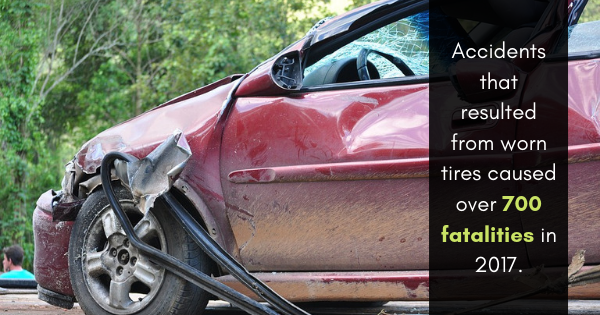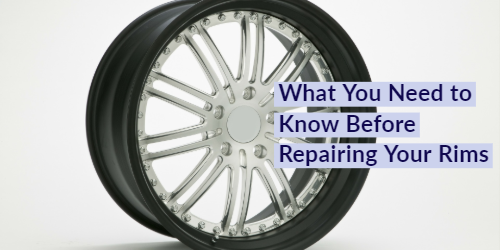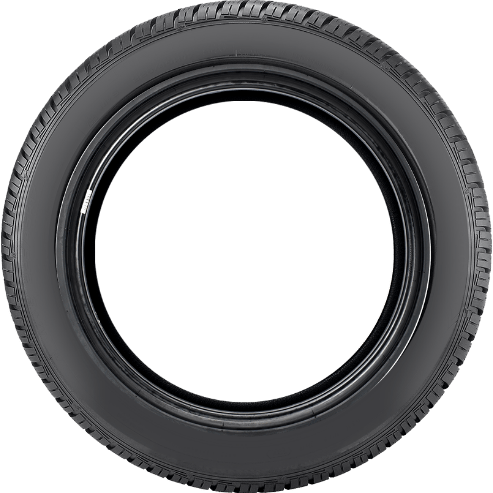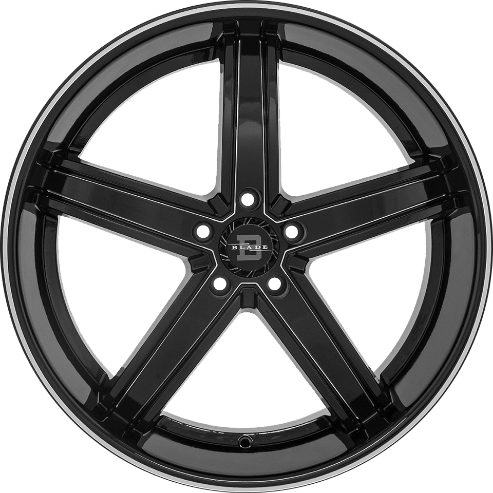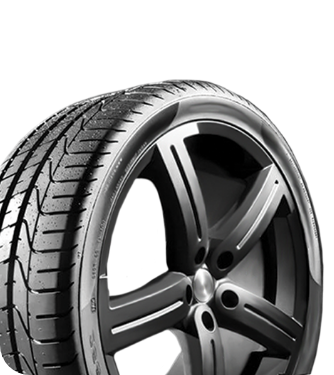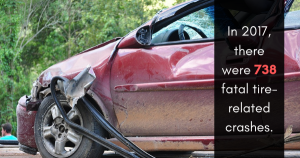
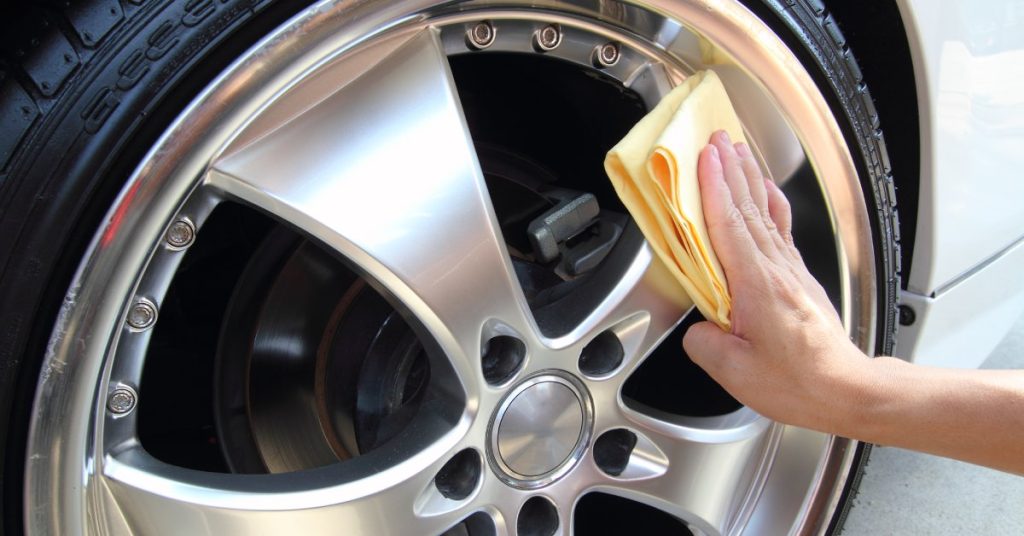
Common Wheel Coating Options: Powder vs. Paint
Wheels |Your wheels take a beating every day. Road salt, brake dust, rocks, and weather all conspire to damage your wheel’s finish. Often, you face a crucial decision when it comes time to refinish or protect your wheels: Powder coating or traditional paint?
Both options can transform your wheels and provide protection, but they work differently and offer distinct advantages. Understanding these differences can help you make the right choice for your vehicle, budget, and driving habits.
This guide breaks down everything you need to know about common wheel coating options and powder coating versus paint for wheel finishes. We’ll explore durability, cost, appearance options, and maintenance requirements so you can choose the coating that best fits your needs.
Understanding Wheel Coating Basics
Wheel coatings serve two primary purposes: Protection and aesthetics. Your wheels face constant exposure to harsh conditions that can cause corrosion, chipping, and fading. A quality coating acts as a barrier between your wheel material and these damaging elements.
The coating process also gives you the opportunity to change your wheel color or finish. Both powder coating and paint can deliver impressive results, whether you want a sleek matte black look, a glossy metallic finish, or something custom.
What Is Powder Coating?
Powder coating applies a dry powder to your wheels using an electrostatic process. The powder contains pigments, resins, and other additives that create the final color and finish. After application, your wheels go into an oven where the heat melts and fuses the powder into a smooth, continuous coating.
This process creates an exceptionally durable finish that bonds directly to the wheel surface. The coating becomes part of the wheel rather than sitting on top like traditional paint.
Powder Coating Advantages
Superior Durability
Powder coating provides excellent resistance to chipping, scratching, and corrosion. The thick, uniform coating can withstand road debris and harsh weather conditions better than most paint finishes.
Environmental Benefits
The powder coating is better for the environment than other options. The application and sealant of powder coating don’t produce volatile organic compounds (VOCs) and generate minimal waste. Technicians can also collect and reuse overspray powder.
Consistent Coverage
The electrostatic application ensures even coating thickness, including hard-to-reach areas, such as spoke corners and inner surfaces. This comprehensive coverage provides better protection and appearance.
Wide Range of Finishes
Modern powder coating offers hundreds of color options plus various textures, such as matte, satin, gloss, and metallic finishes. You can even achieve special effects, such as wrinkle or hammer-tone patterns.
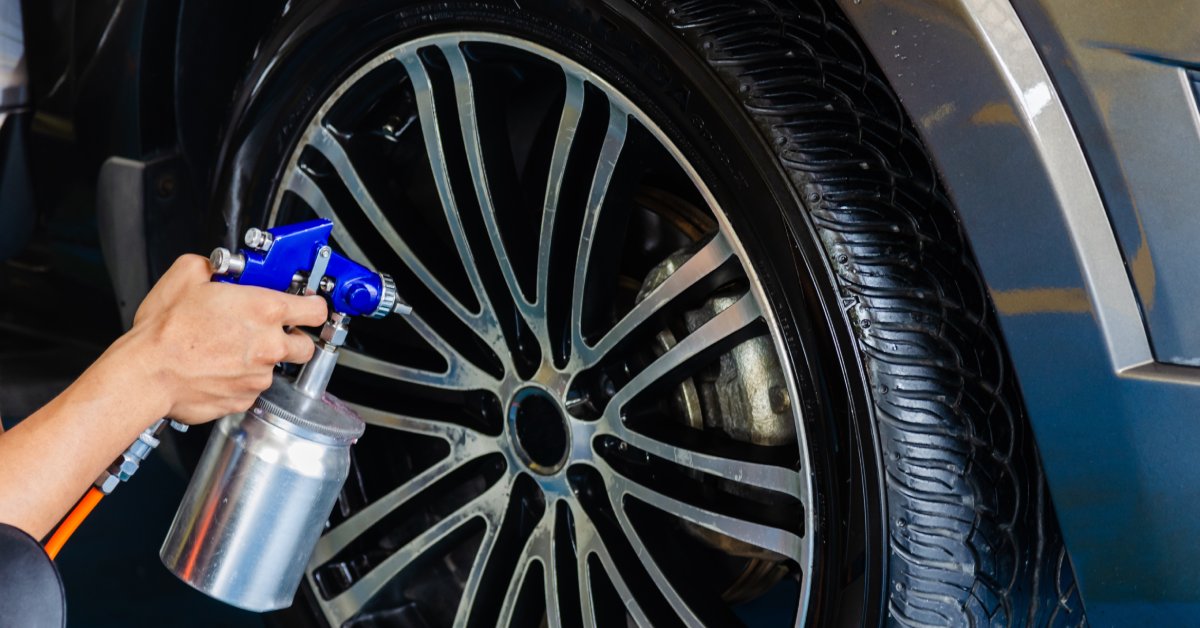
Powder Coating Limitations
Higher Initial Cost
Powder coating typically costs more upfront than paint due to specialized equipment requirements and processing time.
Professional Application Required
The electrostatic equipment and curing ovens needed for powder coating require professional services. A powder coating application is not a DIY-friendly option for most car owners.
Color Matching Challenges
If you need to touch up or repair powder coating later, achieving perfect color matches can be difficult without redoing the entire wheel.
What Is Wheel Paint?
Traditional wheel paint uses liquid coatings that cure through solvent evaporation or chemical reactions. Modern wheel paints include single-stage systems, base coat/clear coat combinations, and specialty formulations designed specifically for wheel applications.
The painting process involves surface preparation, primer application (if needed), base color application, and often a protective clear coat. This multi-layer approach allows for complex color effects and excellent finish quality.
Wheel Paint Advantages
Lower Initial Cost
Paint generally costs less than powder coating, especially for single wheels or touch-up work. Many quality wheel paints are available at reasonable prices.
DIY Flexibility
Experienced DIYers can achieve professional-looking results with proper preparation and technique. This option gives you complete control over the process and timing.
Easy Touch-ups
Paint repairs and touch-ups are straightforward. You can address small chips or scratches without refinishing the entire wheel.
Quick Turnaround
Paint application and curing typically take less time than powder coating, allowing you to get your wheels back on the road faster.
Wheel Paint Limitations
Durability Concerns
Even high-quality wheel paints may not match powder coating’s longevity, especially in harsh conditions or high-performance applications.
Environmental Impact
Paint application produces VOCs and requires proper ventilation and disposal of materials. Overspray cannot be reclaimed like powder coating.
Thickness Variations
Achieving uniform coating thickness with paint requires skill and experience. Thin spots can lead to premature failure.
Comparing Performance and Longevity
Both powder coating and paint have unique performance and longevity advantages depending on the application. Powder coating excels in durability thanks to its thicker application process and inherent properties that make it highly resistant to chipping, scratching, and corrosion. This robustness makes it an ideal choice for car owners seeking long-term protection and low maintenance for their vehicles.
On the other hand, while wheel paint has progressively improved through modern formulations, it remains more vulnerable to physical damage, such as stone chips or impacts from road debris. This vulnerability can compromise the paint’s appearance over time.
Regarding UV stability, both coatings offer protection against fading caused by sunlight exposure. However, powder coating often outperforms paint in this category due to its integrated pigment system, which ensures better long-term color retention and prevents noticeable discoloration from prolonged UV exposure.
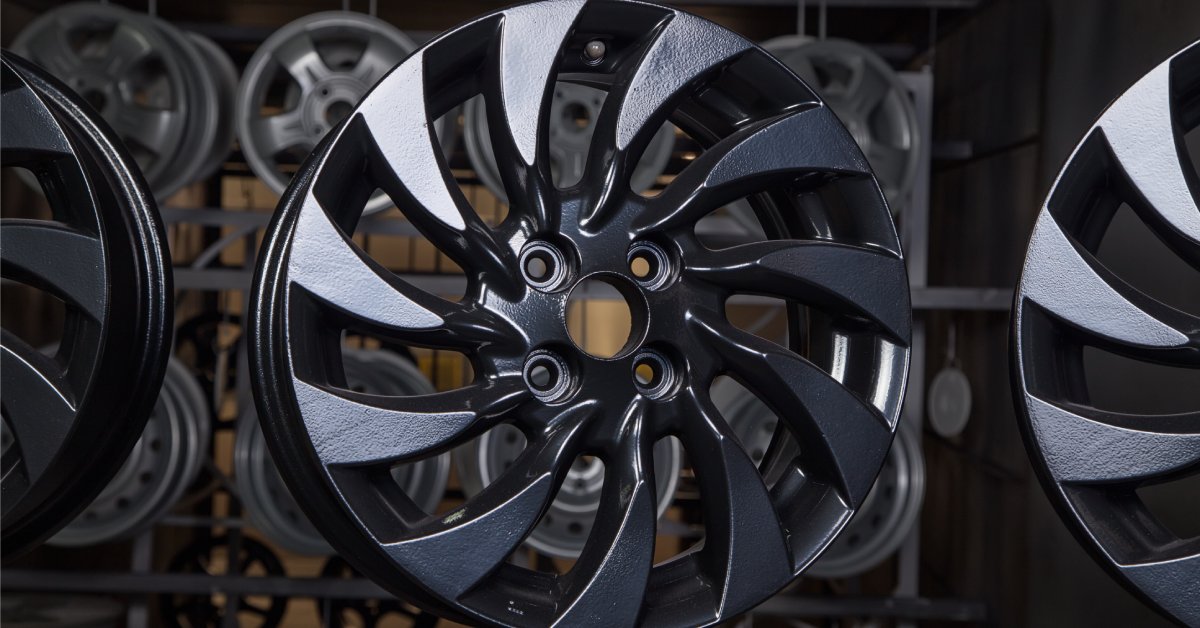
Cost Analysis: Initial Investment vs. Long-term Value
Understanding the total cost of ownership helps you make informed financial decisions. While powder coating costs more initially, its durability can make it more economical in the long run.
Powder coating usually costs more than paint, but there is some overlap. Expect to pay $400 to $800 for powder coating for a complete set of wheels, depending on size, complexity, and local labor rates. Conversely, professional painting costs around $200 to $500, but there are DIY options that would cost $50 to $150.
Long-term maintenance also factors into your investment in paint or powder coating. Powder coating typically lasts five to ten years with proper care, whereas paint may require refinishing every two to five years, depending on environmental conditions and the quality of the paint. So, even though powder coating is more expensive, it can last longer, possibly making it worth the investment for your car.
Making Your Decision
Choose powder coating if you prioritize maximum durability, drive in harsh conditions, or want a long-term solution. It’s ideal for daily drivers, performance vehicles, and wheels that see heavy use.
Select paint if you prefer lower initial costs, want DIY flexibility, or like to change wheel colors periodically. Paint works well for garage-kept vehicles, show cars, or situations where touch-ups are easy to make.
Consider your specific situation: driving habits, climate, budget, and timeline. Both options can deliver excellent results when properly applied and maintained.
Keep Your Wheels Rolling Strong
Choosing between these two common wheel coating options, powder and paint, depends on your priorities, budget, and driving conditions. Powder coating offers superior durability and long-term value, while paint provides flexibility and lower initial costs.
Whichever option you choose, proper preparation and professional application ensure the best results. Regular maintenance and prompt attention to any damage will maximize your coating’s lifespan and keep your wheels looking great for years to come.
Treating your wheels well starts with the right tires, and RNR Tire Express can help you find the best options for your car. Investing in quality tires enhances safety and performance and complements the durability offered by your chosen wheel’s coating.
You can find the right tires in the Tucson RNR Tire Express location, whether you’re gearing up for a seasonal tire change or looking for the ideal set to match your driving habits. Don’t wait for tire troubles, visit us today.
